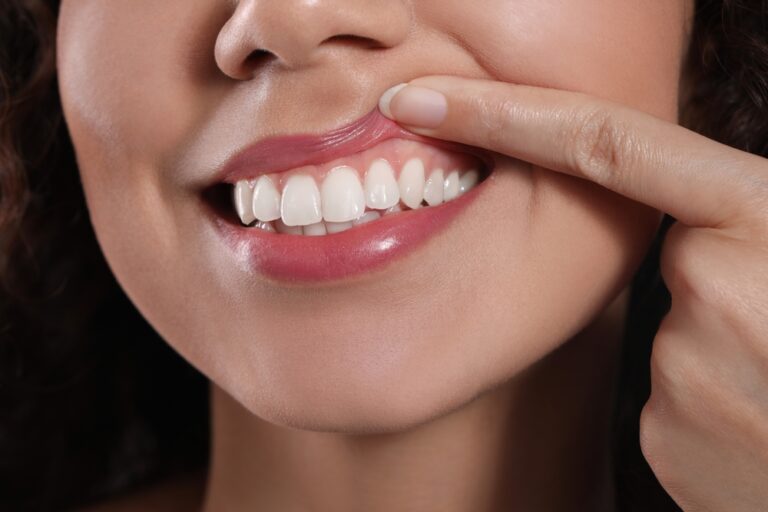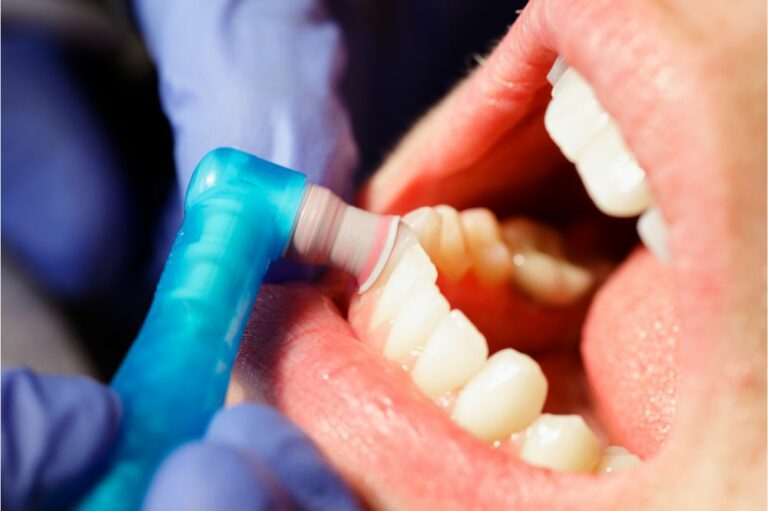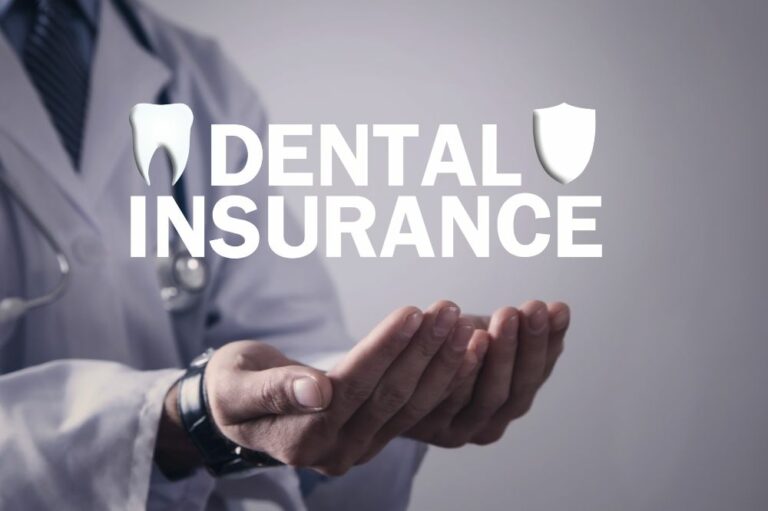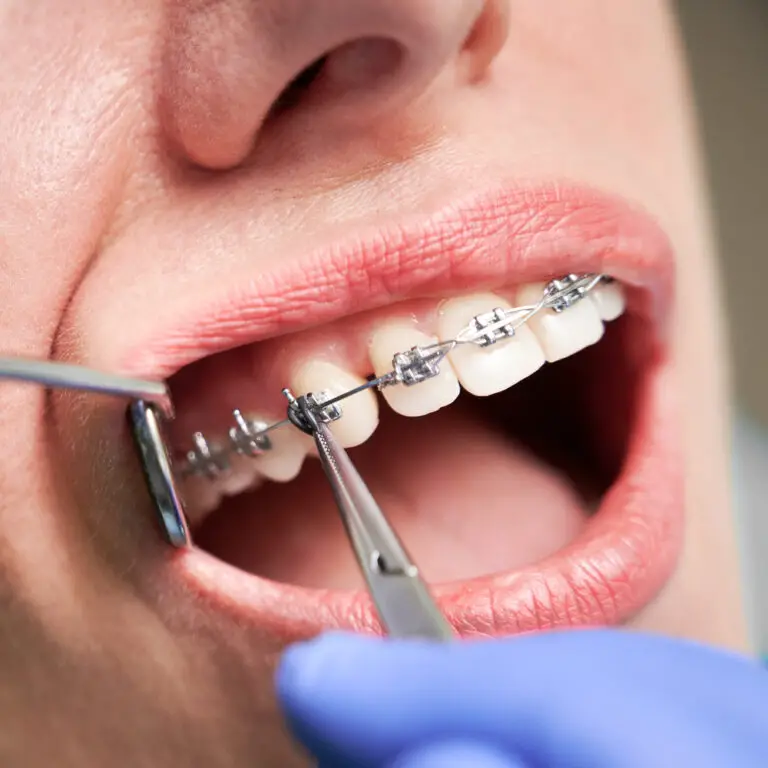Having bad teeth can negatively impact your quality of life. Severely decayed, damaged or crooked teeth can cause pain, difficulty eating, speech issues, embarrassment and low self-esteem. The good news is that modern dentistry offers many ways to fix bad teeth and restore your smile. This comprehensive article explores the various treatment options available to fix bad teeth.
What are the common causes of bad teeth?
There are several key factors that can lead to bad teeth:
1. Poor oral hygiene habits
Not brushing and flossing properly or regularly enough allows plaque, a sticky film of bacteria, to build up on teeth. Plaque produces acids that eat away at tooth enamel and cause cavities. Brushing at least twice a day, flossing once daily, and using antimicrobial mouthwash helps control bacteria and prevent the caries process.
2. Genetics
Some people are more prone to tooth decay, gum disease or malocclusion (bad bite) due to inherited traits affecting tooth size/shape, enamel thickness, gum health and jaw alignment. Consulting with your dentist on specific vulnerability can help guide preventive strategies.
3. Injuries/trauma
Injuries that chip, crack, knock out or damage teeth and their supporting structures can lead to problems like infection, pain or changes in alignment over time. Seeking treatment quickly after any mouth injury can help teeth heal and recover.
4. Teeth grinding/clenching (bruxism)
Constant grinding or clenching due to stress or sleep disorders wears down enamel and causes muscle pain and bite changes. Using nightguards and addressing sources of bruxism help prevent permanent tooth damage.
5. Drug/substance use
Methamphetamine, excessive alcohol and tobacco use increase risk for caries, gum disease, tooth loss and tooth wear over time due to chemical effects and lifestyle factors. Quitting habits like smoking and seeking help for addiction and recovery can improve oral health.
6. Eating disorders
Bulimia and other conditions involving binging/purging damage teeth through repeated exposure to stomach acid when vomiting. Getting professional help to address disordered behaviors will also benefit oral health.
7. Poor nutrition
Diets lacking key vitamins and minerals like vitamin D, calcium, phosphorus and fluoride can contribute to weak enamel, excessive cavities, gum disease and tooth loss.
8. Chronic dry mouth
Lack of saliva flow eliminates the natural bacteria-clearing and pH balancing effects. Common causes are medications, aging, anxiety, radiation cancer treatment or certain diseases. Having good hydration, chewing gum, and using oral moisturizing gels can help supplement lost saliva.
9. Gastroesophageal reflux disease (GERD)
Stomach acid from GERD can erode tooth enamel. Managing reflux with medication, not eating before bedtime, and rinsing with baking soda water helps neutralize acid.
What are the main options for fixing bad teeth?

Modern dentistry offers many ways to effectively fix moderate to severe tooth and gum damage:
1. Dental fillings
Fillings treat cavities by removing decayed material and replacing it with metal, porcelain, composite resin or other restoration material. This is an affordable and minimally invasive way to halt decay and repair damage in a localized area.
2. Dental crowns
Also known as caps, crowns fully cover damaged teeth to restore shape, size, strength and appearance. They are used when a large portion of the visible tooth is missing from decay, injury or prior root canal treatment. Crowns protect the remaining tooth from further damage. They can be made of metal, porcelain fused to metal, resin, or ceramic.
3. Dental bridges
Bridges span the gap where one or more teeth are missing. They contain artificial teeth anchored to dental crowns fitted over the intact teeth on either side of the missing tooth gap. Bridges restore chewing ability, minimize bone loss from missing teeth, and prevent remaining teeth from rotating or shifting into the space over time.
4. Dental implants
Implants are artificial tooth roots surgically inserted into the jawbone. Eventually they fuse securely with the bone in a process called osseointegration. Custom crowns, bridges, or dentures are then attached to the implants, replacing the visible portion of lost teeth. Implants provide a permanent, stable solution that allows patients to eat and speak normally without removable dentures.
5. Root canal treatment
Root canals remove infected nerve tissue (pulp) deep inside badly decayed or injured teeth. The inner pulp chamber and root canal system are then cleaned, shaped, decontaminated, and filled. Finally, a dental crown is placed on the tooth to reinforce its remaining structure. This treatment saves severely damaged teeth from extraction.
6. Dentures
Partial or full dentures are removable appliances that replace missing teeth and surrounding tissues. Dentures have a plastic or metal framework holding custom-fitted artificial teeth. They improve ability to chew food, restore facial appearance, and prevent bone loss in the jaw. However dentures require diligent cleaning and eventual replacement.
7. Clear aligner orthodontic treatment
Clear aligner trays are a popular alternative to traditional metal braces for gradually shifting teeth into better alignment. They use a series of custom clear trays worn over the teeth to incrementally move them into straighter positions. Aligners correct issues like crowding, gaps, underbites, and crossbites.
8. Dental bonding
Bonding applies tooth-colored composite resin material to a damaged tooth surface, then sculpts and hardens it with curing light. The resin bonds securely to the underlying tooth structure. Bonding can cover chips, cracks, and unsightly stains or discoloration, often in a single office visit.
What factors affect the choice of treatment?
The ideal treatment depends on several factors:
- Type and extent of tooth damage
- Location and visibility of affected teeth
- Number of teeth missing or needing repair
- Current symptoms and oral health goals
- Treatment cost with insurance coverage
- Expected treatment duration
- Patient preferences and needs
Diagnostic procedures like dental exams, x-rays, impressions, photos and digital scans inform the dentist on the specific condition being treated. They can then recommend options tailored to the case based on long-term prognosis, potential complications, and predictable outcomes.
What results can I expect from professional treatments to fix my teeth?

With today’s wide range of modern dental treatments, you can expect great improvements in the overall health, function, and aesthetics of your smile:
- Individual damaged or decayed teeth can be fully restored with fillings, root canals, crowns, inlays or onlays. These treatments halt disease, strengthen teeth, prevent bone loss and restore natural appearance.
- Bridges, partial dentures, and implants effectively replace single or multiple missing teeth, allowing comfortable chewing and preventing face shape changes from missing teeth. Esthetic results with artificial teeth closely mimic natural teeth.
- Clear aligners and traditional braces straighten crooked, crowded, or gapped teeth into better positions for improved cleaning, chewing function, and attractiveness.
- Bonding and veneers mask chips, cracks, stains, and other cosmetic flaws for a flawless smile.
- Professional cleanings, periodontal treatment, dentures, and occlusal guards fix issues like gum disease, trauma, and grinding that undermine long-term dental health.
While the extent of achievable improvement depends on your specific case, even very damaged and unsightly smiles can be transformed with today’s dental treatments.
What is the typical cost for fixing bad teeth?
Costs vary based on the type and extent of treatment:
| Treatment | Average Cost Range |
|---|---|
| Fillings | $100 – $300 per filling |
| Porcelain-fused-to-metal crown | $500 – $1500 per tooth |
| Ceramic zirconia crown | $800-$3000 per tooth |
| Traditional bridge | $700 – $15,000 total |
| Implant-supported bridge | $500 – $750 per tooth |
| Single dental implant | $1000 – $3000 per implant |
| All-on-4 implant full-arch restoration | $15,000 – $30,000 total |
| Front porcelain veneer | $925 – $2,500 per tooth |
| Root canal treatment | $300 – $2000 per tooth |
| Full dentures | $1200 – $4000 total |
| Clear aligners | $3000 – $8000 total |
| Lingual braces | $5000 – $10,000 total |
| Dental bonding | $100 – $400 per tooth |
Many restorative and reconstructive treatments represent good value considering their ability to prevent further dental deterioration and avoid more complex future interventions.
Dental insurance can offset costs significantly, covering 50% to 80% of major work like crowns and dentures. Flexible financing options like healthcare credit cards and dental savings plans also make important dental care more affordable.
Regular preventive visits and excellent daily home care reduce the need for complex and costly interventions. Preventing problems is much more cost-effective than waiting until major fixes are necessary.
How long does treatment for bad teeth take?
Treatment duration depends on the type, extent, complexity and necessary coordination of care:
- Basic fillings: 1-2 visits of 30-90 minutes each
- Porcelain crowns/bridges: 2+ visits over 2-4 weeks for imaging, diagnosis, custom design work, lab fabrication, temporary phase, and final placement.
- Full mouth rehabilitation with multiple crowns and bridges: 4+ months total
- Single dental implant: 6-12 months for complete process of surgery, bone integration and crown placement
- All-on-4 full-arch implants: 4-6 months total
- Root canal treatment: 1-3 visits of 60-90 minutes each
- Clear aligners: 12-24 months of gradual teeth movement with tray changes every 1-2 weeks
- Lingual braces: 18-36 months of gradual adjustment at monthly visits
- Full or partial dentures: 4+ visits over 3-12 weeks for imaging, extractions if needed, try-ins, and delivery.
- Bonding or veneers for cosmetic flaws: 1 visit of 30-120 minutes.
Talk to your general dentist and specialists about the projected timeline for your particular treatment plan. Coordinating multi-step treatments like implants requires planning and patience. But the long-term benefits make the time investment worthwhile.
Will getting my bad teeth fixed be painful?
Today’s modern techniques, anesthetics, and technologies minimize pain and discomfort during and after treatment:
- Local anesthesia injections in the mouth fully numb the area during invasive procedures like fillings, root canals, extractions, gum surgery, crown preparation and implant placement. You do not feel any pain, only pressure sensations.
- Dental lasers, air abrasion tools and advanced instrument designs make procedures like fillings quicker and more comfortable.
- Clear aligner orthodontics avoid the pain and irritation of traditional fixed braces with brackets and wires. 3D printing enables a precise fit.
- Implant surgery is minimally invasive and only affects the mouth area. Patients typically have an easier recovery compared to procedures under general anesthesia.
- Professional teeth whitening and cosmetic recontouring like dental bonding are painless enhancements.
Discuss all your pain management options including nitrous oxide, oral sedation, intravenous sedation or general anesthesia. Your comfort is the top priority.
What steps maximize the longevity of repairs to my teeth?

While professional treatments fix existing problems, excellent at-home oral care and ongoing dental visits help those results last. Effective habits include:
- Brushing twice and flossing once daily with proper technique
- Seeing your dentist as recommended, usually every 6 months
- Avoiding sticky sugary foods that increase decay risk
- Using specially formulated toothpaste or prescription strength fluoride gel to strengthen enamel
- Wearing night guards if you grind your teeth
- Quitting smoking and limiting alcohol, which harm teeth and gums
- Drinking water frequently to promote saliva flow
- Controlling chronic conditions like diabetes that increase risks
Taking responsibility for your own oral health makes a big difference in maintaining the function and aesthetics from restorations, implants and orthodontic work.
Frequently Asked Questions
Should I fix my chipped tooth?
Yes, it is important to fix a chipped tooth quickly to prevent further cracking, decay, infection and injury to the tongue or lips. Options depend on the size, location and severity of the chip. Small chips may require just bonding or smoothing while larger fractures need crowns, veneers or tooth-colored fillings. See your dentist right away for evaluation.
Can bad teeth be fixed without braces?
For minor orthodontic issues like small gaps between front teeth or mildly crooked/crowded teeth, clear aligners or cosmetic contouring are effective alternatives to braces. But for serious malocclusions with severe crowding, large overbites/underbites or crossbites, traditional braces are usually still required.
Is it worth the cost to fix my teeth with root canals?
Root canals are extremely effective for saving badly infected or injured teeth. The success rate is over 95% if the infection is caught early before it spreads to tissues beyond the tooth. Root canals help retain your natural teeth for decades rather than extraction and bridges/implants which have higher long-term costs. The value of keeping your own teeth whenever possible makes root canals very worthwhile.
How do I decide between dentures vs. dental implants?
The main factors are upfront cost, required treatment time, and lifestyle concerns. Implants provide a permanent fixed solution and feel more natural, but are more expensive. Partial and full dentures have a lower initial cost but require diligent cleaning and eventual replacement. Consider both options carefully and talk with your dentist about the pros and cons for your specific needs.
Can dental crowns and veneers look natural?
With modern porcelain and bonded composite materials, dental crowns and veneers can look extremely natural and closely match your surrounding teeth in terms of color, translucency, shape and fit. However, success depends heavily on your dentist’s cosmetic training, experience, and artistic skill in selecting hues and customizing restorations for a seamless look. Examine before and after photos and get patient referrals to find a highly qualified cosmetic dentist.
Conclusion
Severe tooth decay and gum disease can happen to anyone at some point, but modern dentistry offers many effective options to fix bad teeth through implants, bridges, crowns, braces, veneers and more. With customized treatment plans and materials that closely mimic natural teeth, there are excellent solutions at various price points. Work with your general dentist to coordinate specialist care like orthodontics, periodontics or oral surgery if needed. With some effort, investment, and diligent home care, almost any dental damage can be corrected for improved oral health, function and a naturally beautiful smile that enhances confidence.






